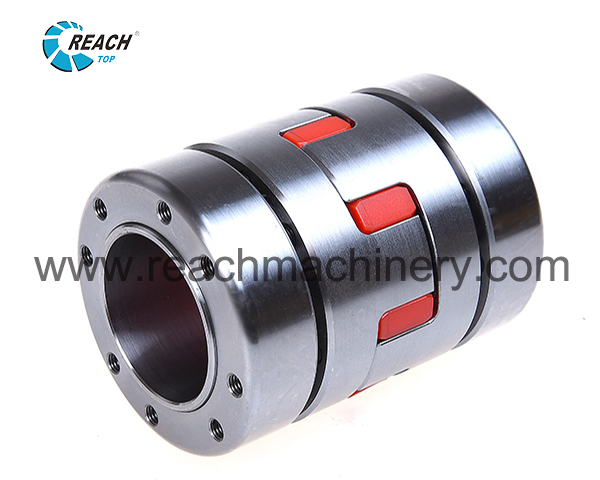Couplings play an important role in various mechanical systems, including direct-drive spindles. Couplings are used in direct-drive spindles to connect the motor shaft to the spindle shaft while accommodating misalignments, transmitting torque, and providing some degree of flexibility. Here’s how couplings are applied to direct-drive spindles:
- Torque Transmission: Direct-drive spindles are designed to deliver high torque and rotational accuracy. Couplings facilitate the transfer of torque from the motor shaft to the spindle shaft. They ensure efficient power transmission without introducing significant backlash or hysteresis, which is crucial for maintaining precision in applications such as machining and high-precision positioning.
- Misalignment Compensation: Misalignments can occur due to manufacturing tolerances, thermal expansion, or other factors. Couplings help accommodate angular, axial, and radial misalignments between the motor shaft and the spindle shaft. By allowing a certain degree of flexibility, couplings prevent excessive stress on the shafts and bearings, thereby extending the lifespan of the spindle system.
- Damping Vibrations: In some applications, especially those requiring high surface finish quality or where vibrations need to be minimized, couplings can act as dampers. They can absorb and dampen vibrations and shocks generated during operation, leading to smoother motion and improved machining quality.
- Compact Design: Couplings can help in achieving a more compact design by eliminating the need for intermediate components like gears or belts. This is especially beneficial in applications where space is limited or where a more direct and efficient power transmission is desired.
- Customization: Couplings come in various types, such as elastomeric, metal bellows, and beam couplings. The choice of coupling type depends on the specific requirements of the direct-drive spindle system, including torque levels, misalignment conditions, and the desired degree of torsional stiffness.
- Maintenance and Replacement: Couplings can act as sacrificial components that absorb shock loads and protect more expensive components like motors and bearings from damage. In the event of a sudden overload or shock, the coupling can fail first, preventing damage to the rest of the system. This can make maintenance and replacement of components more cost-effective.
- Dynamic Performance: Different types of couplings have varying levels of torsional stiffness and damping characteristics. The selection of a coupling can influence the dynamic performance of the direct-drive spindle, affecting factors such as settling time, response to changes in load, and resonance frequencies.
Couplings for direct-drive spindles
Overall, the application of couplings on direct-drive spindles is a critical consideration for achieving optimal performance, precision, and longevity in various industrial applications. The choice of coupling type and design should be based on the specific requirements and operational conditions of the spindle system.
Post time: Aug-21-2023

